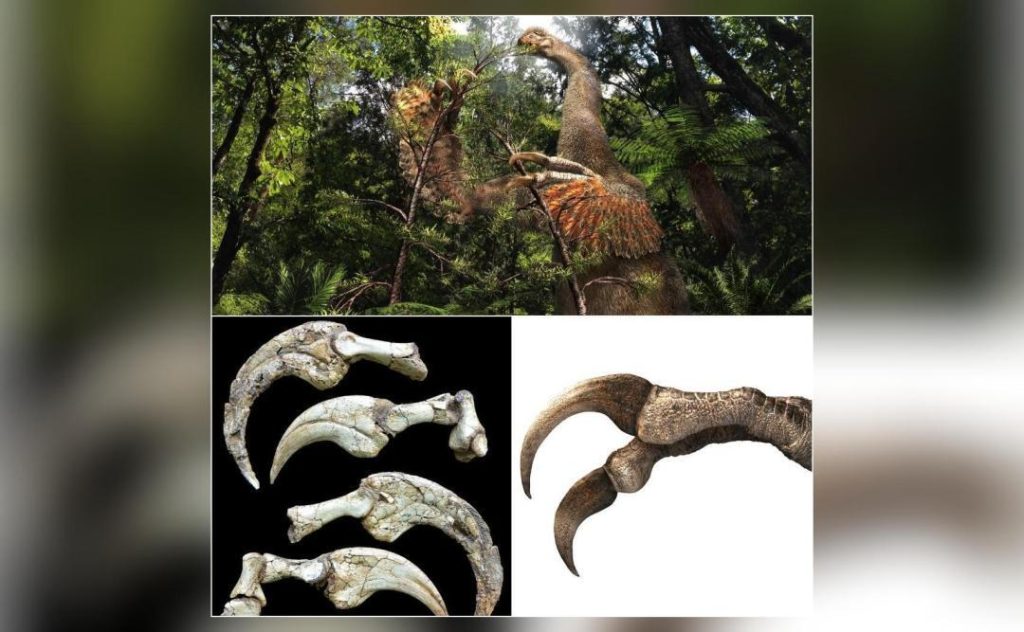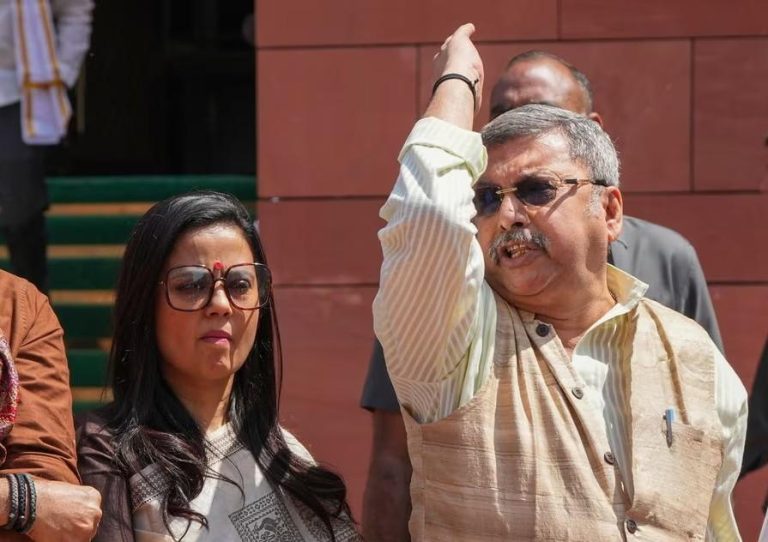
Two-clawed dinosaur species discovered in Gobi Desert
The Gobi Desert, a vast and arid region spanning across southern Mongolia and northern China, has long been a treasure trove for paleontologists and dinosaur enthusiasts. The desert’s unique geography, which has preserved fossilized remains for millions of years, has yielded many significant discoveries, including the latest find of a new two-clawed dinosaur species. Dubbed Duonychus tsogtbaatari, this fascinating creature is part of the therizinosaurus group, known for their unusual, claw-like hands.
The discovery was announced in March 2025, and the findings have sent shockwaves through the scientific community. According to researchers, Duonychus tsogtbaatari measured approximately 10 feet in length and weighed around 260 kilograms. Its most striking feature, however, is its pair of hands, each equipped with a foot-long, curved claw. These claws were likely used for defense, hunting, or even digging.
The fossilized remains of Duonychus tsogtbaatari were unearthed in the Gobi Desert’s Djadochta Formation, a geological layer known for its rich dinosaur fossil deposits. The discovery was made by a team of international researchers, led by Dr. Rinchen Barsbold of the Mongolian Academy of Sciences.
“This is an extraordinary find, especially considering the unique characteristics of Duonychus tsogtbaatari,” Dr. Barsbold commented. “The combination of its long neck, small head, and feathers makes it a truly remarkable creature.”
The therizinosaurus group, to which Duonychus tsogtbaatari belongs, is a fascinating subset of dinosaurs. These creatures are characterized by their unusual, claw-like hands, which are thought to have been used for a variety of purposes. Some scientists believe that therizinosaurus dinosaurs may have used their claws for digging, while others propose that they were employed for defense or hunting.
Duonychus tsogtbaatari’s fossilized remains provide valuable insights into the evolution of therizinosaurus dinosaurs. Its long neck and small head suggest that it may have been a herbivore or omnivore, while its powerful claws and robust body indicate that it was well-adapted to its environment.
The discovery of Duonychus tsogtbaatari is significant not only for its scientific implications but also for its potential to captivate the public imagination. Dinosaurs have long been a source of fascination for people of all ages, and this new find is sure to spark the interest of many.
The Gobi Desert, with its arid landscapes and extreme climate, is a challenging environment for paleontologists. The region’s unique geology, however, has preserved fossilized remains for millions of years, providing scientists with a window into the past.
“The Gobi Desert is a treasure trove of dinosaur fossils,” Dr. Barsbold noted. “The conditions here are ideal for fossilization, which allows us to learn more about these incredible creatures.”
The discovery of Duonychus tsogtbaatari is a testament to the importance of continued scientific research and exploration. As new discoveries are made, our understanding of these fascinating creatures and their role in the history of life on Earth is continually refined.
In conclusion, the discovery of Duonychus tsogtbaatari, a new two-clawed dinosaur species, is a significant find that sheds new light on the evolution and diversity of therizinosaurus dinosaurs. Its unique characteristics, including its long neck, small head, and feathers, make it a truly remarkable creature. As scientists continue to study this fascinating find, we can only imagine the many secrets that will be uncovered, providing a deeper understanding of the incredible world of dinosaurs.
Source:
https://www.reuters.com/science/weird-mongolian-dinosaur-wielded-big-sharp-nasty-claws-2025-03-25/






